The term Social Design has recently become the object of much scholarly attention. But what exactly encompasses Social Design? Banz (2016, p. 10) defines the phenomenon in her book “Social Design – Gestalten für die Transformation der Gesellschaft” as the process of changing society through design. Bruinsma (2021, as cited in Salmon, 2021, p.13) concretises this abstract concept and lists “[g]iving a voice to people and communities, helping them to express themselves and clarify their particular points of view, to take responsibility and develop agency in their own living environment” as central issues of Social Design.
From those definitions, it becomes evident that Social Design is intertwined with a vast range of disciplines such as architecture, product design and more. From the perspective of a communication designer, however, it might be of interest to ask to what extent social design influences graphic / communication design and what overlaps and intersections exist between the two terms. Hananto (2020) investigated in his research what he calls Social Visual Communication Design, “a form of visual communication design that had social qualities or properties embedded”. He defines content, form and context as three parameters by which design practices can be categorized as such (Hananto, 2020, p.30).
In search of examples of such design practices, for instance, the design activists of the “Ateliers Populaires” of the uprisings in 1968 in France come to mind, who created activist posters and slogan, thus “productively redirecting resistance into new forms of design practice, resource use, production, consumption and social interaction” (Banz, 2016, p. 14).
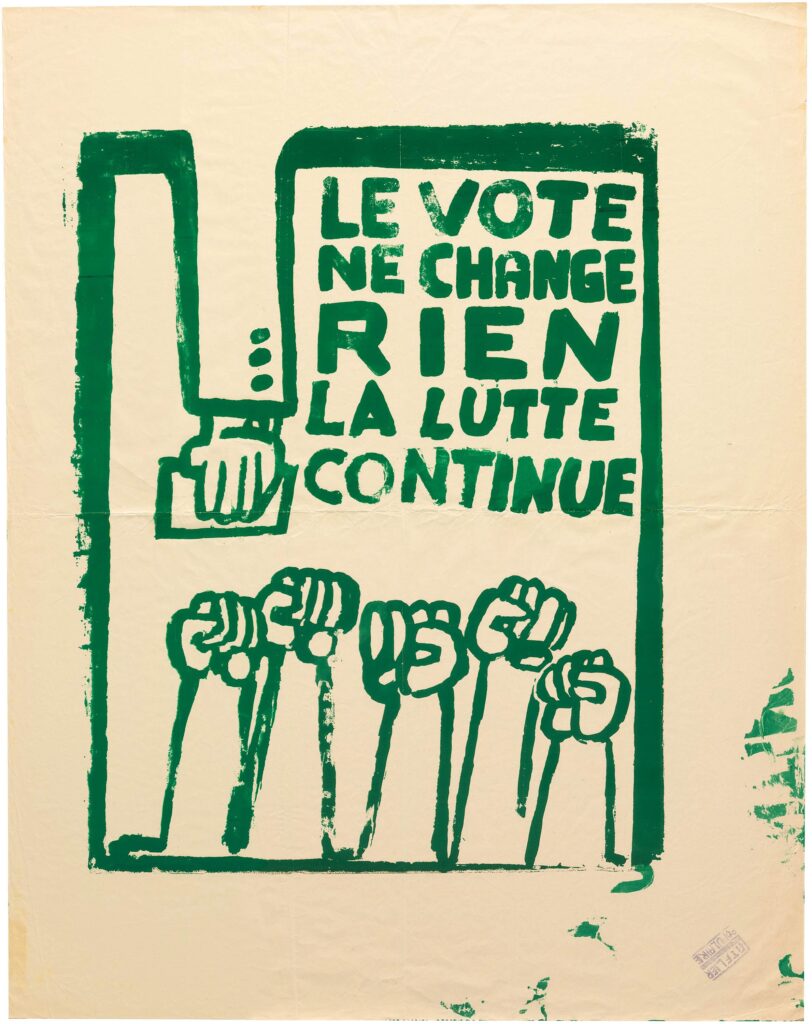
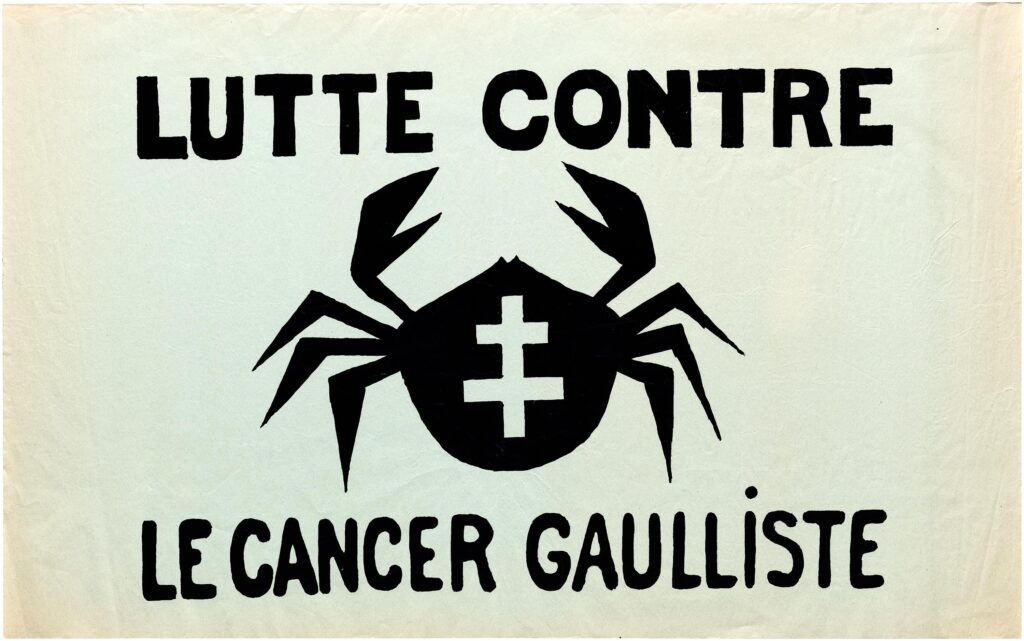
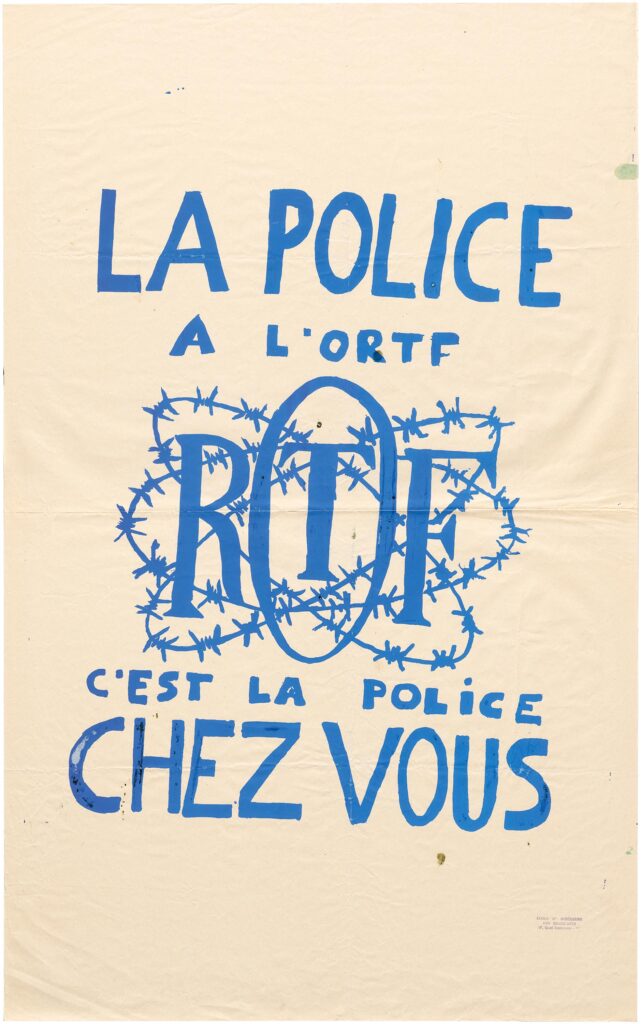
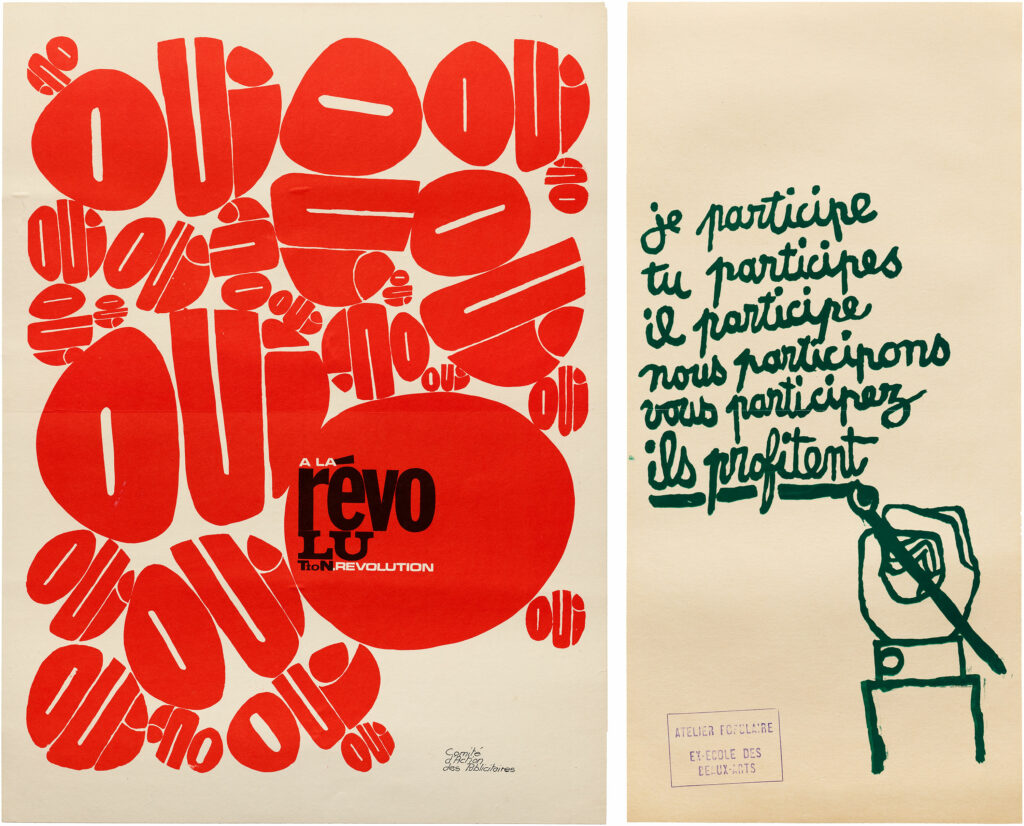
Image source: letterformarchive.org/news/view/atelier-populaire-posters-of-may-1968
But graphic design that benefits society does not have to be openly radical in its purpose. Bruinsma (2021, as cited in Salmon, 2021, p. 9) describes the example of a fire at a German airport in 1996, in which 17 people died, partly due to poor signage. This incident led to the creation of new emergency pictograms by Erik Spiekermann that significantly improved orientation at the airport and thus passenger safety.
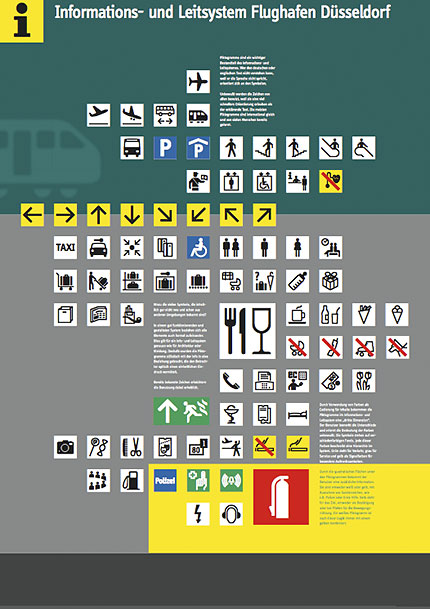
Image source: www.fontblog.de/fontblog-archiv/files/ff_info_poster.html
Furthermore, the phenomenon of inclusive design, that focuses on the inclusion of “people with specific mobility, dexterity, sensory, and communication impairments; learning disabilities; continence needs; and people whose mental well-being should be supported by a thoughtfully crafted and managed environment”, can be noted (Commission for Architecture and the Built Environment, 2008).
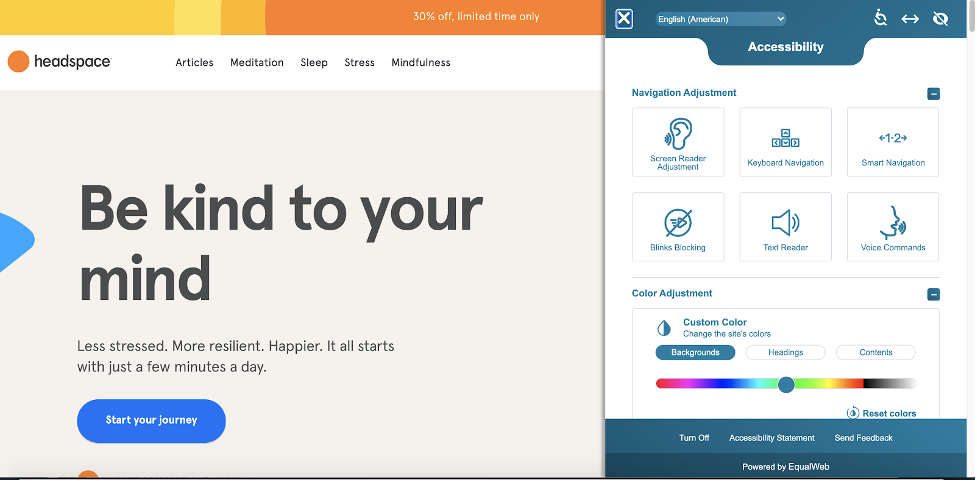
Customizable widget on headspace website
Image source: https://www.eleken.co/blog-posts/design-that-benefits-everyone-top-5-inclusive-design-examples
Yet, those examples barely scratch the surface of social visual communication design and a deeper dive into the topic could be interesting. Especially considering the numerous crises we are experiencing today, I would like to further explore the question that Salmon has summed up:
„How does graphic design contribute to a greater cohesion, understanding, and harmony of the society in which we live? How does it allow us to better circulate, better educate, better understand and better interact with others? How does it allow us to enhance the environment in which we live, making it richer, more respectful, more interesting”?
(Salmon, 2021, p. 2)
References:
- Banz, C. (2016). Social Design – Gestalten für die Transformation der Gesellschaft. [transcript] Design.
- Commission for Architecture and the Built Environment. (2008). Inclusion by design – Equality, diversity and the built environment. Commission for Architecture and the Built Environment.
- Hananto, B. A. (2020). What is Social Visual Communication Design? Proposals on How to Identify and Define it. Advances in Social Science, Education and Humanities Research, 27-31.
- Salmon, B. (2021). Graphisme en France 2021 – Graphic design and society. Centre national des arts plastiques.